Dell U3014 LCD Review
by Chris Heinonen on April 15, 2013 2:00 PM ESTFor AdobeRGB calibrations, we target the AdobeRGB gamut, with a power law gamma of 2.2 as the specification says. We go for 200 cd/m2 as there is no official luminance target, and we used CalMAN 5.1 to do this as well. Everything is done using a C6 meter that is profiled from an i1Pro.
After the calibration, our RGB balance is perfect, as expected. Perhaps you can see a couple points where one color is 3-4% higher, but those are few and far between, and we have an overall CCT of 6482K here. The greenish tint is long gone, and black and white images look totally neutral on this display now.
Our gamma curve only has a small little bump up at 5%, but as you start to run out of as much control in the monitor down low, it’s really pretty close. The overall average comes out to be 2.21, almost perfectly 2.20, and that highlight issue we saw before is gone.
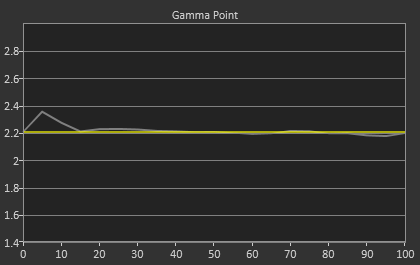
The grayscale with this combination of results shows no issues at all. The average dE2000 is 0.57 and a couple points get close to 1.0, but really there is nothing to fault here after calibrating, nothing at all. The contrast ratio is 894:1, which is slightly better than sRGB but close enough that a small stray bit of light on the 0% measurement would easily cause that difference.
Colors were already good, but the average dE2000 drops down to 1.03 now that White has been corrected. No color gets past a dE2000 of 1.5 and the color points are all very close to the CIE targets. We have a slight bit of under-saturation in Red and Blue still, but even with that they are very close to ideal. Dell manages to use this LED setup to have a full AdobeRGB gamut, which is nice to see.
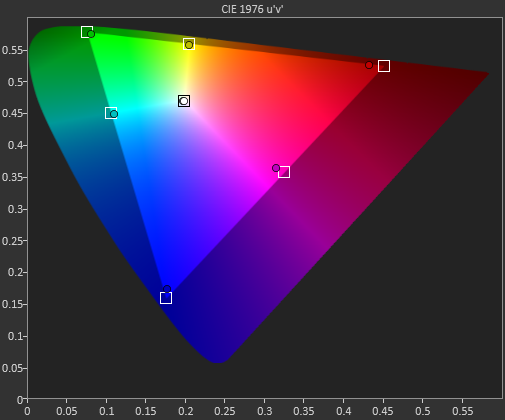
Now our Gretag numbers are excellent. The average error is a dE2000 of 0.80 and there is no luminance errors to be seen at all. A few numbers are closer to 1.5, but overall you are not going to see anything wrong here. A worry with any display with a larger gamut is that it is only going to get one gamut right, either sRGB or AdobeRGB, but not both; the Dell U3014 manages to do both with near perfection.
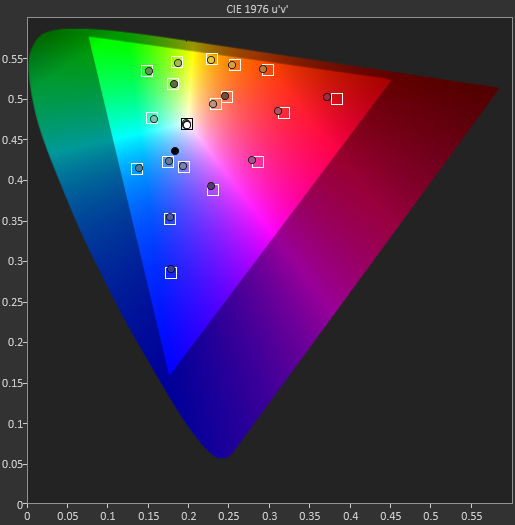
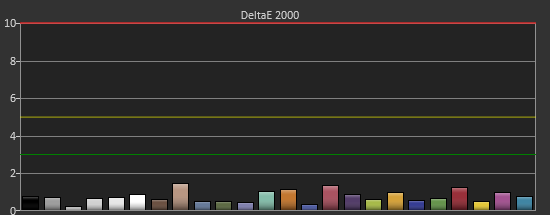

The saturations aren’t quite as perfect as they were for sRGB mode, as Red and Blue don’t quite get all the way out there, but only a few pass a dE2000 of 1.0 and then just barely. The average dE2000 of 0.98 is fantastic and shows the U3014 does a very nice job with its electronics and LUT for building a uniform display.
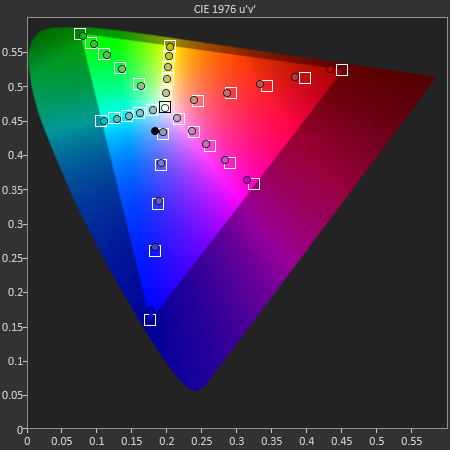
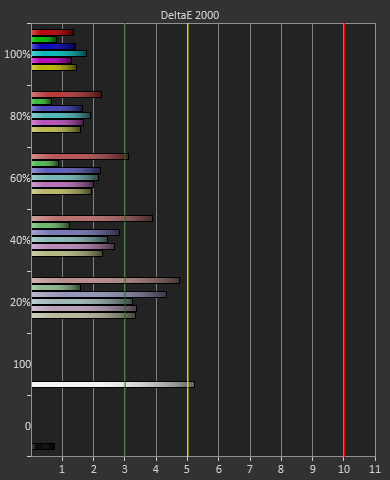
Using CalMAN, we get flat out superb measurements from the Dell U3014 monitor. Before calibration they are good but not excellent, but after they are nothing but excellent. Dell also has their own calibration software that works with the U3014 and an i1DisplayPro sensor which they provided, so perhaps that can coax even better performance out of the display. Let's check that next.


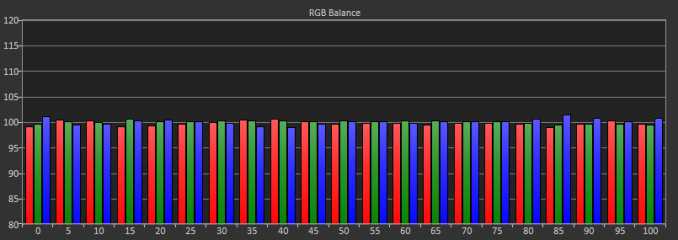
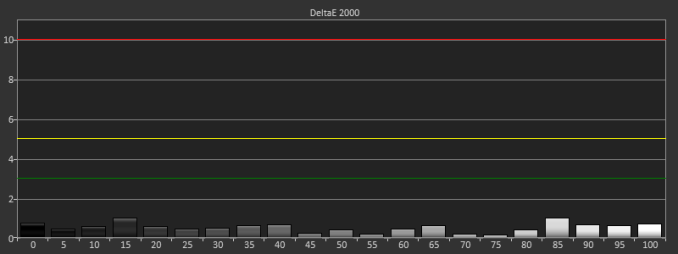









84 Comments
View All Comments
Kevin G - Monday, April 15, 2013 - link
That Sharp display I've seen at sites going for $4500. Still expensive but a definitive step up in terms of resolution from this Dell. I'd love to see a review of it here at Anandtech. *hint* *hint* *hint*jibberegg - Monday, April 15, 2013 - link
Apparently Seiki are offering 50" 4k for $1,500. Anyone heard of them? I smell bad things at that price, but don't want to write it off without more information.http://www.tigerdirect.com/applications/SearchTool...
SeannyB - Monday, April 15, 2013 - link
The current HDMI spec only does up to 30Hz in 4K. This is the thing that stops me from buying one right now, because using Windows or whatever at 30 frames per second is miserable.Kevin G - Tuesday, April 16, 2013 - link
Digging through the Seiki manual indicates that 30 hz is the best frame rate it can get at 4k resolutions. Might be fine for video as the source material in all likelihood doesn't exceed this rate.Another passable usage would to use it as a large format display for 2D imagery. This would be the equivalent of four 1080P 25" monitors of screen space, minus the bezels. Color quality and calibration controls are an unknown, so this use-case is iffy.
For gaming, this refresh rate is going to be horrible.
cheinonen - Thursday, April 18, 2013 - link
FYI, it has no calibration controls at all: no white balance, no CMS, no gamma, nothing. So if you want an accurate image, double the price to include a DVDO or Lumagen box, and those don't work with 4K material yet.SantaAna12 - Monday, April 15, 2013 - link
Apples to apples???High end monitor review....no comparison to Apple.
Hmmmmmmm.......your welcome Dell!
cheinonen - Monday, April 15, 2013 - link
I didn't review the Apple, Anand did himself, and it was with our prior test bench. It's also a white LED backlit model with the sRGB gamut, not a CCFL or G-B LED backlight with AdobeRGB gamut, or any sort of uniformity control. It's a high-end, general use 27" display, not a professional photographer/graphics display, which this is. There isn't a lack of a comparison to spare one of them, they're different markets, with different test bench data.p05esto - Monday, April 15, 2013 - link
You are out of your mind if you think an Apple monitor could touch this. lol, just another clueless Apple sheep.Kevin G - Monday, April 15, 2013 - link
Have you tested the MST functionality of this device? I'd to see how this works out, especially with this and a DP 1.1 monitor.cheinonen - Monday, April 15, 2013 - link
I did, and it's discussed in the article. Worked fine with the monitor I have here, with a couple of caveats.